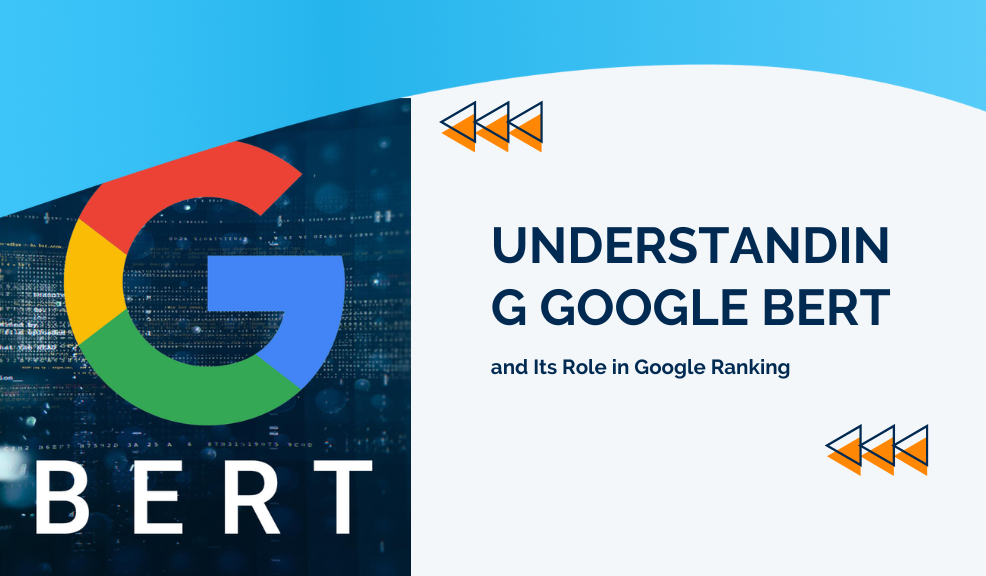Google BERT (Bidirectional Encoder Representations from Transformers) is a significant update to Google’s search algorithm designed to better understand the nuances and contexts of search queries. Introduced in late 2019, BERT represents a crucial shift towards improved natural language understanding, allowing Google to deliver more accurate and contextually relevant search results.
What is Google BERT?
BERT leverages a neural network-based technique known as Transformers, which allows it to analyze the context of a word based on all the other words in a sentence—hence “bidirectional.” Unlike previous algorithms, BERT doesn’t simply look at words individually or sequentially; it considers the full context of the query, providing a deeper understanding of conversational language and more complex, nuanced queries.
How Google BERT Impacts SEO
- Enhanced Query Understanding:
- BERT significantly improves how Google interprets queries, especially longer, conversational, and question-based searches. This makes it essential for SEO content to naturally address specific user questions and conversational search terms.
- Contextual Relevance:
- The algorithm excels in understanding the context within sentences, interpreting prepositions (such as “to” and “for”) and subtle linguistic nuances. Content creators must focus on natural language patterns rather than overly keyword-stuffed texts.
- Improvement in Featured Snippets:
- BERT plays a vital role in enhancing Google’s featured snippets by more accurately capturing the intent behind a query, providing users with direct, relevant answers. Websites that clearly address user intent with well-structured answers can benefit significantly.
Optimizing Content for Google BERT
- Write Naturally: Create content for humans first, ensuring readability and natural language flow.
- Answer User Intent Clearly: Understand and precisely address the core questions users seek to resolve.
- Use Conversational Language: Incorporate FAQs, guides, and articles formatted around conversational queries.
- Avoid Keyword Stuffing: Emphasize quality, contextual depth, and relevance over keyword density.
Future Considerations
Google BERT highlights Google’s continued move toward AI-driven, semantic search. As algorithms evolve, content strategies must prioritize high-quality, contextually rich content optimized around user intent rather than keywords alone.
Google BERT significantly impacts Google rankings by emphasizing contextual and conversational understanding. Adapting content strategies accordingly can enhance visibility, relevance, and user satisfaction, ultimately benefiting SEO and overall digital marketing effectiveness.
